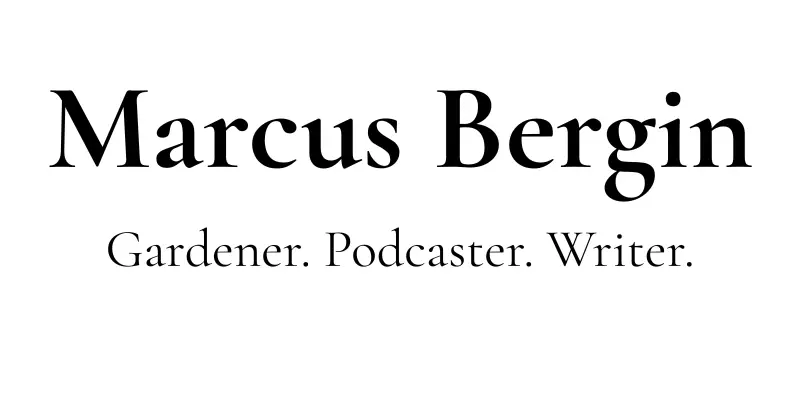
Understanding Shade: Light Levels, Canopy, and the Secret to Happy Plants
A Quiet Kind of Light
You step into the garden on a summer afternoon. The sun is blazing overhead, but beneath the trees, there’s a softness. Light doesn’t vanish—it dances differently. And that difference is everything in a shade garden.
Many of us have been there: choosing a plant labeled “part shade” or “shade tolerant,” tucking it into a dim corner, and waiting. Hoping. But by midsummer, the leaves are sulking, or worse—gone altogether.
The truth is, not all shade is created equal.
In fact, understanding what kind of shade you’re working with is one of the most powerful things you can do as a gardener. It’s the quiet secret behind thriving ferns, bold hostas, and delicate epimediums.
Let’s take a slow walk through the types of shade, what shapes them, and how they guide your planting choices.
Light Shade: The Gentle Dapple
This is the kind of shade you find beneath young trees or along the edges of a woodland garden. Light filters through the canopy in shifting patterns—never full sun, but never full dark either.
Typical Conditions:
4–6 hours of soft or indirect sunlight
Moisture can vary depending on tree roots
Light often moves throughout the day
Plant Companions:
Brunnera, Pulmonaria, Dicentra, Tiarella, and Primula thrive here. These are the storytellers of spring—plants that unfurl delicately in cool air and sparkle in the light.
Partial Shade: The Balancing Act
Also called part sun in some labels, this is the in-between zone—often with direct sunlight for just part of the day, especially in the morning.
Typical Conditions:
3–6 hours of direct sun
Often cooler and more humid than full sun
Common on the east side of buildings or under tall hedges
Plant Companions:
Try Hellebores, Astilbe, Foxgloves, or Hydrangea macrophylla. These plants can soak up morning rays but appreciate the shelter of afternoon shade.
💡 Tip: Many “sun” plants will tolerate partial shade, especially in hotter regions.
Full Shade: A Cooler, Dimmer World
This is where gardening becomes an act of subtlety. Think north-facing walls, dense canopies, or understory spaces.
Typical Conditions:
Fewer than 3 hours of direct sun
May stay cool and damp—or dry under thirsty trees
Light levels remain low throughout the day
Plant Companions:
Consider Epimedium, Heuchera, Ferns (like Dryopteris or Athyrium), and Solomon’s Seal. These are the quiet champions of shade, thriving where others fade.
Dense or Deep Shade: The Challenge
The most challenging kind of shade—think under conifers, in narrow side yards, or shaded courtyards.
Typical Conditions:
Little to no direct sun
Often dry due to tree roots
Soil may be compacted or poor in nutrients
Plant Companions:
Try groundcovers like Lamium, Pachysandra, or Sweet Woodruff. For interest, tuck in containers or use structural elements like bark, boulders, and shade-tolerant evergreens.
Sometimes, the best solution isn’t to plant more—it’s to adjust expectations and garden with texture, foliage, and structure.
But Shade Is Always Changing...
One of the most overlooked elements? Shade moves. A space that’s shady in spring might be sun-drenched by August. Or the reverse, depending on canopy density and your location.
Other influencing factors include:
Time of day: Morning sun is cooler and less intense than afternoon.
Seasonal variation: Deciduous trees shift dramatically from April to October.
Built environment: White fences and light-coloured walls can reflect light into shaded beds.
The more you observe, the better your planting will be. Try sitting quietly in your shady corner and watching the light throughout the day. You’ll learn more than any plant label could tell you.
A Final Thought: Read the Light First, Plant Second
Shade gardening is about patience, observation, and working with what nature gives. When you understand your shade, everything gets easier—from plant selection to watering.
Want to explore this further? We’ve put together a guide that walks you through every type of shade in more detail, with tips on how to make the most of your space.
👉 Join the conversation with 313,000+ shade gardeners on Facebook
And if you’re new to all this, don’t worry. Every gardener has planted the wrong thing in the wrong place—we learn by doing, by watching, and by listening to the garden itself.
Happy gardening,
Marcus
